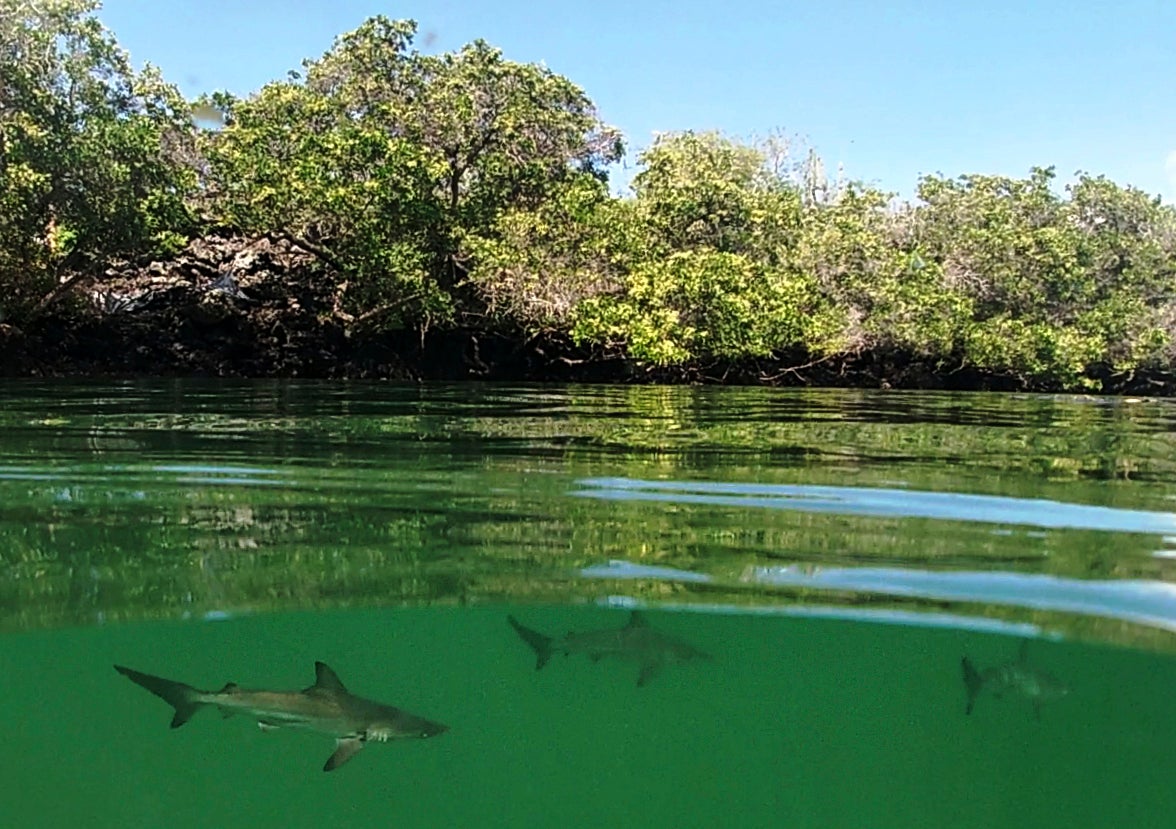Protected areas cover a sixth of Earth's land and freshwater
A new United Nations report finds roughly a sixth of the planet’s land and freshwater area now lies within protected or conservation areas

Your support helps us to tell the story
From reproductive rights to climate change to Big Tech, The Independent is on the ground when the story is developing. Whether it's investigating the financials of Elon Musk's pro-Trump PAC or producing our latest documentary, 'The A Word', which shines a light on the American women fighting for reproductive rights, we know how important it is to parse out the facts from the messaging.
At such a critical moment in US history, we need reporters on the ground. Your donation allows us to keep sending journalists to speak to both sides of the story.
The Independent is trusted by Americans across the entire political spectrum. And unlike many other quality news outlets, we choose not to lock Americans out of our reporting and analysis with paywalls. We believe quality journalism should be available to everyone, paid for by those who can afford it.
Your support makes all the difference.Roughly a sixth of the planet’s land and freshwater area now lies within protected or conservation areas, according to a United Nations report released Wednesday.
Next comes the hard part. The world needs to ensure that those regions are actually effectively managed to stabilize the climate and to curb biodiversity loss while also increasing the total area of protected places, scientists say.
“Protected and conserved areas play a crucial role in tackling biodiversity loss,” said Neville Ash, director of the U.N. Environment Programme World Conservation Monitoring Centre, which produced the report. But simply drawing lines on a map isn’t enough. Conservation areas “need to be effectively managed and equitably governed,” he said.
The “ Protected Planet ” report also found that about 8% of coastal and ocean waters are within protected areas.
“There has been a substantial increase in the protection of marine ecosystems in the past decade. But the protection of land areas hasn’t increased as much in that time,” said Stuart Pimm, an ecologist at Duke University who was not involved in the report.
“What we really need to know about is the quality of the protected areas — not just the quantity of square miles,” Pimm added.
“It is nowhere near enough,” said Charles Barber, senior biodiversity advisor for the World Resources Institute who was not involved in the report. “We need to conserve half of the Earth if we are going to maintain the basic biological operating system’” of the planet.
Several scientific and environmental groups are now calling for 30% or 50% of the planet to be protected. Earlier this month, President Joe Biden set a goal of conserving at least 30% of U.S. lands and waters by 2030.
“There’s plenty of scientific evidence that protected areas are the cornerstone of biodiversity protection and climate stabilization,” said Eric Dinerstein, a conservation biologist at RESOLVE, a nonprofit group.
“Humanity is heading for an environmental cliff — so we have to do a U-turn," he said. "We know that the creation of more protected areas is absolutely vital. The questions are: How much, where, and how fast?”
___
Follow Christina Larson on Twitter: @larsonchristina
___
The Associated Press Health and Science Department receives support from the Howard Hughes Medical Institute’s Department of Science Education. The AP is solely responsible for all content.